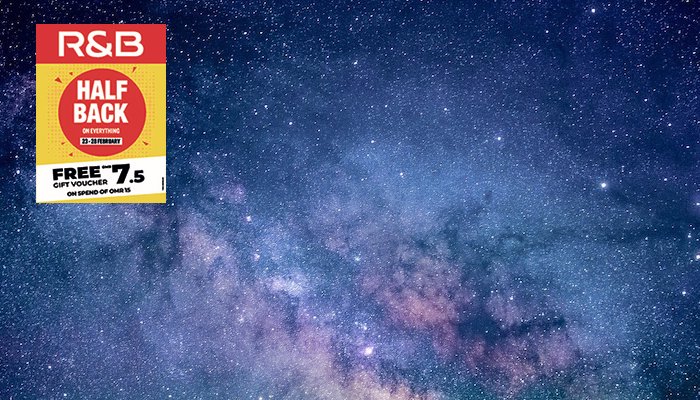
Durham [England]: It is not an unknown fact that our universe has millions of galaxies, of which, we live in one: the Milky Way galaxy. But is it possible to find out how many galaxies are there? In a piece of surprising news, a Durham University astronomer collaborating with a team of international scientists has mapped more than a quarter of the northern sky using the Low-Frequency Array (LOFAR), a pan-European radio telescope.
The study titled, 'The LOFAR Two-metre Sky Survey (LoTSS)' was published in 'Astronomy & Astrophysics'. The map revealed an astonishingly detailed radio image of more than 4.4 million objects and a very dynamic picture of our Universe, which has been made public for the first time.
The vast majority of these objects are billions of light-years away and are either galaxies that harbour massive black holes or are rapidly growing new stars. Rarer objects that have been discovered include colliding groups of distant galaxies and flaring stars within the Milky Way.
To produce the map, scientists deployed state-of-the-art data processing algorithms on high-performance computers all over Europe to process 3,500 hours of observations that occupy 8 petabytes of disk space - the equivalent to roughly 20,000 laptops.
This data release, which was by far the largest from the LOFAR Two-metre Sky Survey, presented about a million objects that have never been seen before with any telescope and almost four million objects that are new discoveries at radio wavelengths.
Astronomer Timothy Shimwell of ASTRON and Leiden University, said, "This project is so exciting to work on. Each time we create a map our screens are filled with new discoveries and objects that have never before been seen by human eyes. Exploring the unfamiliar phenomena that glow in the energetic radio Universe is such an incredible experience and our team is thrilled to be able to release these maps publicly."
He further said, "This release is only 27 per cent of the entire survey and we anticipate it will lead to many more scientific breakthroughs in the future, including examining how the largest structures in the Universe grow, how black holes form and evolve, the physics governing the formation of stars in distant galaxies and even detailing the most spectacular phases in the life of stars in our own Galaxy."
Durham University scientist, Dr Leah Morabito, said, "We've opened the door to new discoveries with this project, and future work will follow up these new discoveries in even more detail with techniques, which we work on here at Durham as part of the LOFAR-UK collaboration, to post-process the data with 20 times better resolution."
This data presented a major step forward in astrophysics and can be used to search for a wide range of signals, such as those from nearby planets or galaxies right through to faint signatures in the distant Universe.